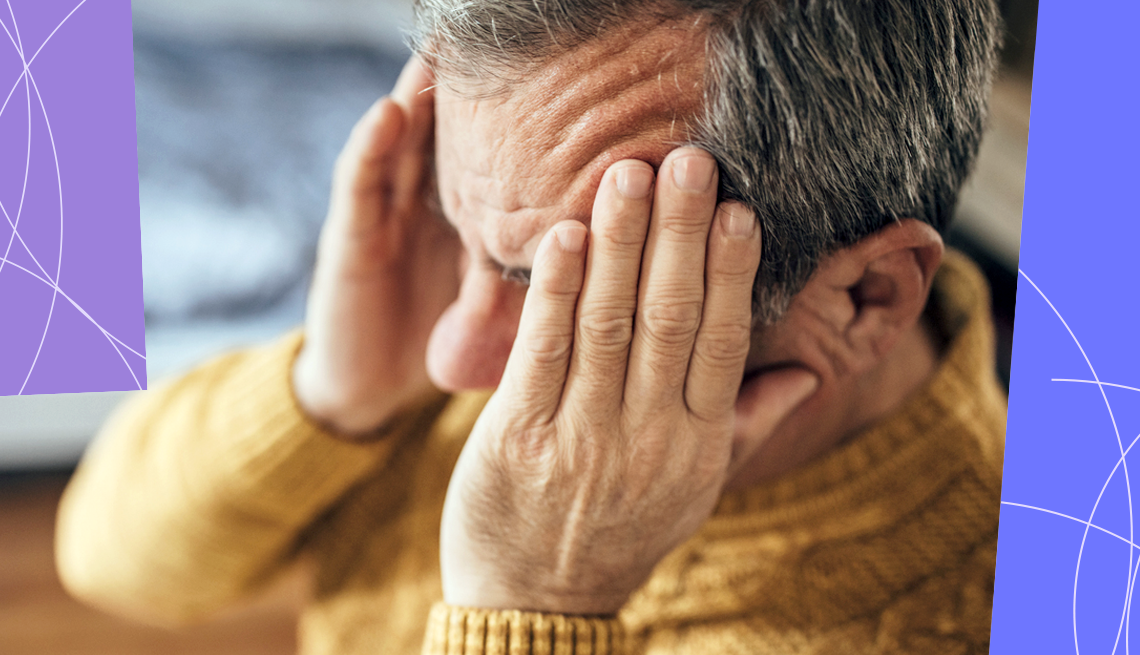AARP Hearing Center


Many people with low back pain stop exercising, fearing that they might make their condition worse.
Researchers hope the results of a new study will change their minds.
People who walked regularly and received educational support reduced their risk of additional episodes of low back pain by 28 percent, according to a new study in The Lancet.
Those results were impressive, given that participants were highly sedentary at the beginning of the study, sitting an average of eight hours a day and walking only an hour a week, said Natasha Pocovi, study author and a postdoctoral fellow in health sciences at Macquarie University in Sydney, Australia.
“We just wanted to get them started,” said Pocovi, a physical therapist. “If they can stick it out initially, their motivation improves, because they start to feel better. People told us, ‘My mental health is better, I’m less stressed, I’m losing weight, I’m better managing my chronic health conditions.’”
Walking is popular among older adults. A 2022 AARP survey found that more than half of adults age 50-plus engage in one or two walking activities in a typical week. A full 86 percent of those walked for 10 minutes or more, and nearly half walked for at least 30 minutes.
Fewer episodes of pain
In the study, researchers randomly assigned half of participants to follow a progressive walking and education program, which involved six visits with a physical therapist over six months. Researchers assigned the other participants to continue their usual activities. Some visits with the physical therapist were in person, while others were virtual.
People assigned to the walking and education program went a median of 208 days without a recurrence of back pain that limited their activities, almost twice as long as the other participants, who suffered a relapse after a median of 112 days. Researchers defined an episode of back pain as one that lasted at least 24 hours, with a pain intensity greater than 2 on a scale of zero to 10, and which at least somewhat interfered with daily activities. Participants had experienced an average of 33 previous episodes of low back pain before beginning the study.
Good for the soul
Charla Fischer, M.D., codirector of NYU Langone Health Orthopedics’ endoscopic spine program, said the study confirms what spine surgeons have been telling their patients for years.
Although many patients who have back surgery are afraid to exercise, Fischer said that starting slowly and cautiously can help people overcome their anxiety.
“I’ll tell patients after surgery to just walk for five minutes,” Fischer said. “It’s not only good for preventing blood clots, but it’s good for the soul.”
Three months into the new study, those assigned to the exercise program walked an average of 6,551 steps a day — 611 more steps than those in the comparison group. Physical therapists tailored their exercise recommendations to each participant, talking to them about their health and what would motivate them to move more. Participants assigned to the walking program were given pedometers to count their steps and asked to keep a walking diary.































.jpg?crop=true&anchor=13,195&q=80&color=ffffffff&u=lywnjt&w=2008&h=1154)










































More on Health
5 Ways Walking Can Boost Your Brain Health
Research suggests you should lace up your shoes and hit the road
Staying Sharp: Fit & Fun
Learn how to make walking a habit, starting with wearing a fitness tracker for motivation
Try These Tips for Living a Healthier Life
Small changes can add up to big mental and physical results
Recommended for You